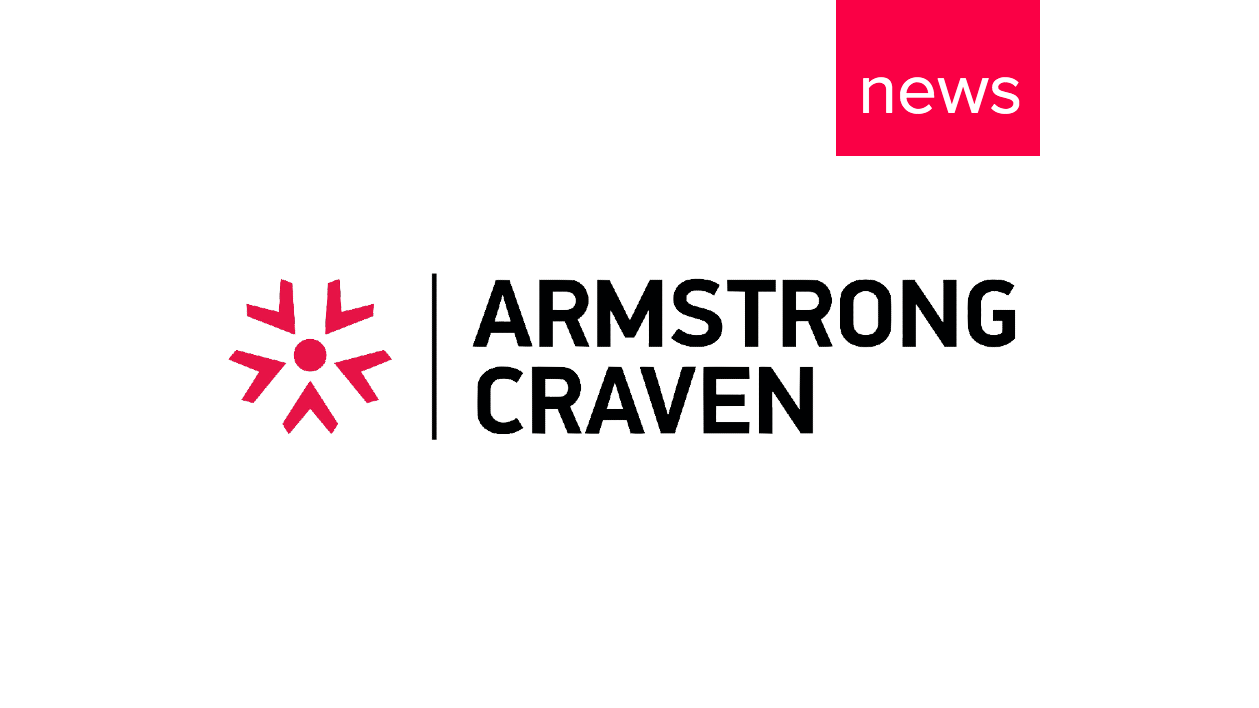Engaging talent ahead of need is vital to leadership succession
14 September, 2021Listen to Peter Howarth discuss the need for HR leaders to engage leadership talent ahead of their need, to proactively manage leadership succession.
The executive search market is booming right across the world. The US alone is experiencing 20-30% growth in executive search quarter on quarter. Therefore, it makes sense that certain people in certain leadership positions are receiving a much higher rate of approach.
Clients are increasingly looking to those in leadership positions regarding different roles, meaning they are harder to get a conversation with. Certainly, some themes are frequently being queried. As a result of this, several organisations are starting to bring digital roles or customer experience roles onto the board. This is particularly apparent in retail organisations. For example, a retailer who perhaps didn't have a very strong online presence before the pandemic. Many of these organisations felt the need to bring very, very heavyweight digital resources into that board to enable them to pivot their businesses to be effective, both in lockdown and post lockdown.
Alongside this, retail organisations that already had a very strong digital presence started to look towards their customer’s experience. This meant analysing more data than they ever had before. For those organisations who (during the pandemic) didn't do a good job around customer experience, they lost out to those that did. This signalled a colossal reactive approach to recruitment, resulting in digital and analytical roles becoming higher profile and certain roles were also promoted onto an operating board.
Good leadership succession does engage ahead of need
Reactive recruitment can be a sign that you’re late to industry growth. Indeed, trying to engage with individuals for a vacancy of opportunity can be tough. Certainly, it is considerably easier to have those conversations when a relationship is already formed.
Without a doubt, outreach requires a lot of leadership time because the engagement process with potential future talent is speculative by its very nature. So actually, a business executive will only have so much time to engage in those socialisation meetings that are vitally important for good leadership succession. Notably, those organisations that have, are really seeing the benefit now.
Starting a leadership succession programme now isn't going to give you results maybe for a couple of years, certainly, certainly up to 12 months. But the reward is great. The way that we and others do target leadership succession, is to look at succession over a period of time. We identify (based on the client's criteria) individuals who fit that criteria - in whichever market they want. However broad or narrow that might be, we then engage with that talent ahead of need and introduce them to the organisation. Most importantly, we won't talk about the role at this stage.
We'll talk to talent about personal topics such as: what is it that motivates them? What are they looking to get out of the next career? What does a good relationship with an employee look like? What's important to them? What else are they looking for? What flexibility do they need? We package all that information up and present it to the client. Those individuals that fit in at the right level of skill will have socialisation activities so that when a vacancy comes, the client has a cohort of relevant and qualified people who already have a relationship with their business.
Successor engagement for long-term success
You should not be starting from scratch at the point of need. The mentality of “let's hope we can persuade them to move to us by paying them more money or trying to paint our business to be something maybe it isn't” leads to failure.
So whether it be CEO, CFO, HRO, or chairman, spending time with that individual and talking about their individual career aspirations can go a long way. If you think about most of those interactions between somebody external and somebody on the board, it's with a view to a role. Therefore, the person who is the interviewee is conservative. They are having to sell all the time.
However, by utilising outreach in this environment, they're not selling, they're understanding. They understand more about the business. They get to understand more about the jobs and motivations of the individual who's leading the business and vice versa. That is a very different style of meeting. It is more akin to a business meeting than an interview. Therefore, the engagement is much deeper and the rewards are much greater.
If you require further information regarding succession planning, talent pools or talent mapping, speak to a member of our expert team today.







